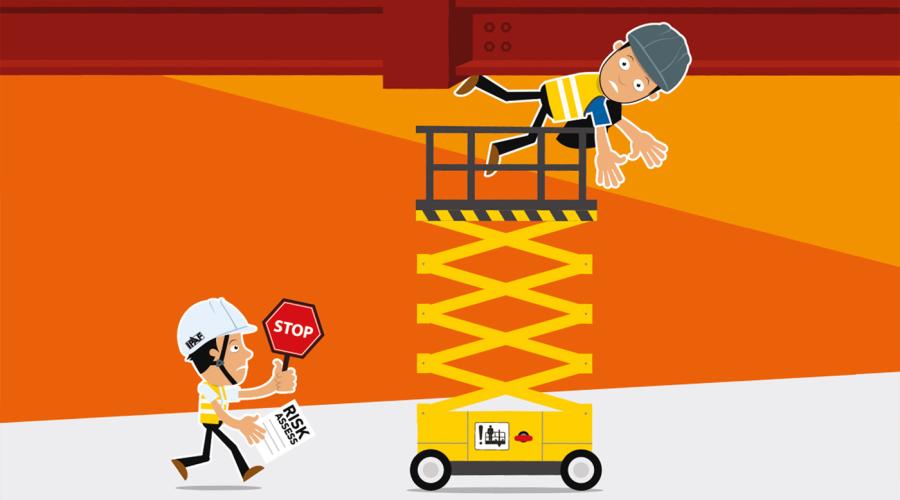5857: Is it necessary for a ground-based person (designated to help lower the MEWP in an emergency) to hold an IPAF PAL Card?
It is preferable for any nominated MEWP ground rescue person to have undergone some form of formal training relevant to the task. However, all nominated MEWP ground rescue persons should, as a minimum, have been familiarised with the MEWP being used and the rescue procedures in place, in order that they are competent to lower the MEWP platform using the ground/emergency controls in the work situations to which they are exposed.
Further information on rescue procedures can be found in the Best Practice Guidance for MEWPs on Avoiding Trapping/Crushing Injuries.

